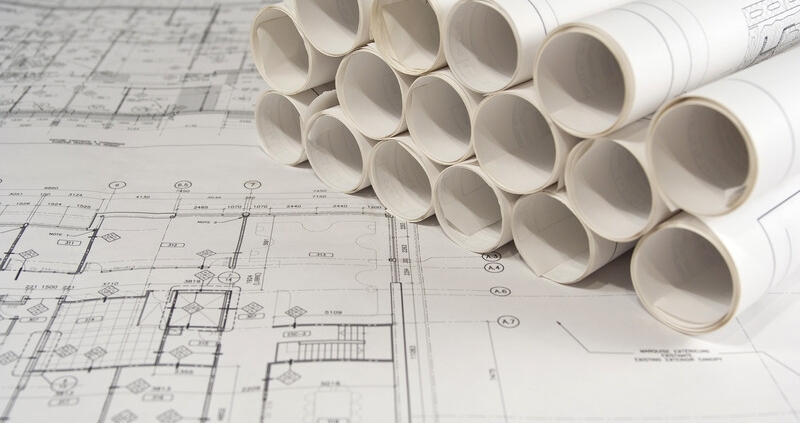What’s The Opportunity For Office To Industrial Conversions?
The good news in office space: occupancy has been on the rise. But any CRE professional watching the markets knows about the shoe that next drops—it’s going to take a good amount of time—11 quarters, according to Costar and the National Association of Realtors—for things to get back to normal and all the space to be absorbed. If it ever all is.
That leaves property owners and operators wondering what will eventually happen and how many workers will be dragged into traditional office space.
One hope is that space can be converted to other uses. An attractive possibility would be industrial, given how hot the sector has been. But the path from the particularities of office construction to warehouses and distribution centers is not so easy, according to a new analysis from Prologis.
The struggles for obvious reasons have been clear, with health concerns about potential new Covid-19 strains and the costs of retrofitting older buildings, both in space designs and HVAC upgrades.
There is an overall limit of how much office space could be directly converted. Most office space has some serious limitations. Modern logistics require high clearance heights, many truck bays, power upgrades, nearby facilities to provide parking for trucks, and additional power requirements.
“Offices have limited reuse potential as logistics facilities and must be demolished, adding to an already complex process, lengthening development timelines and boosting the rents needed to financially justify conversion,” Prologis notes.
Looking at the top 25 markets it tracks and the Class-A office to logistics spread—meaning expect Class-B and lower offices to be the most likely candidates to demolish and rebuild—Prologis estimates that between 40 and 80 million square feet of office will undergo conversion.
Some of the extending complications are the need for large enough underlying land plots, costs of removing tenants from offices, and the need to ultimately gain premium rent because of the total conversion expense.
“Despite potential opportunities, the office-to-logistics conversion trend is likely to be minimal,” the report says. “Successful redevelopments will be concentrated in areas with high land costs and limited competition from nearby logistics properties. New supply from this source will take time to come online because resolving existing agreements, demolition, rezoning, entitlement, permitting and approvals take much longer than a typical greenfield logistics development.”
Source: GlobeSt.



